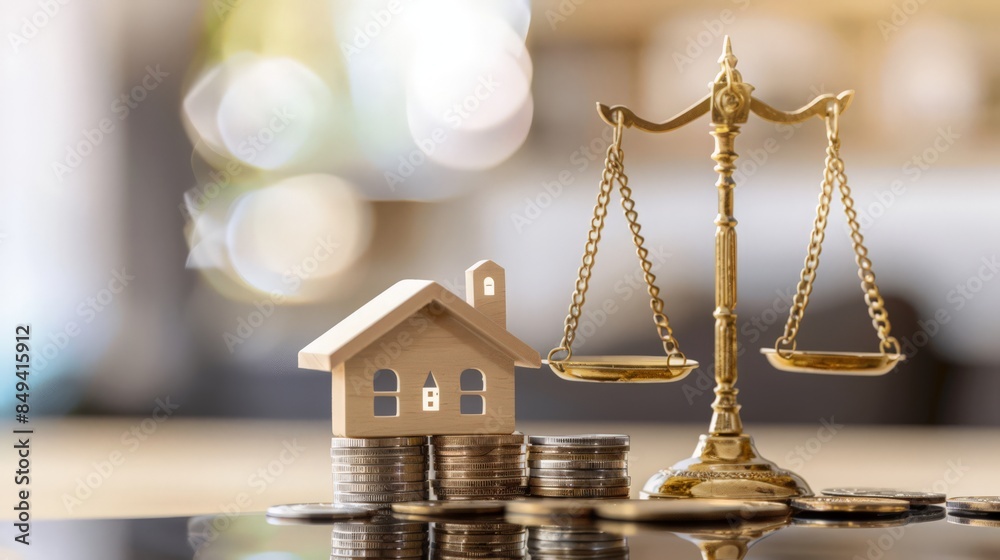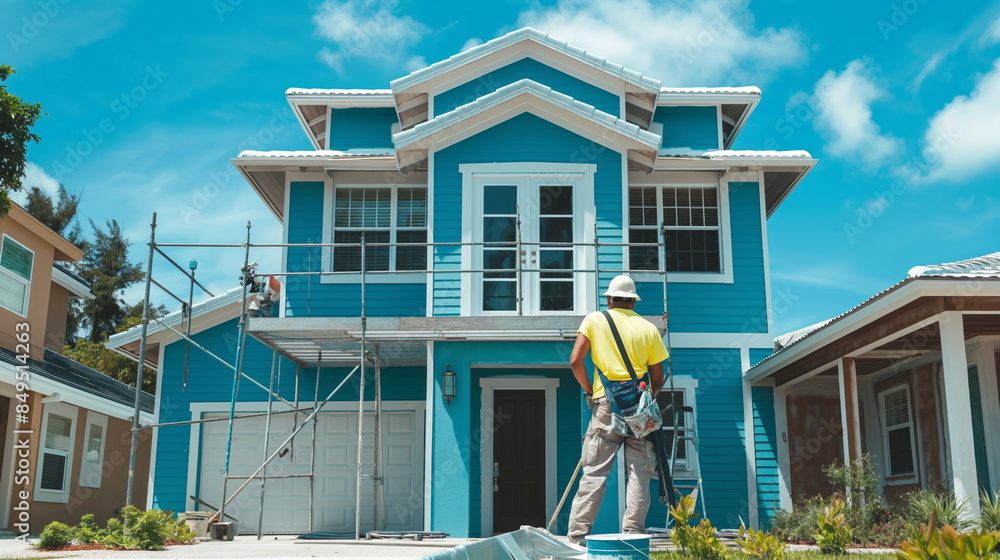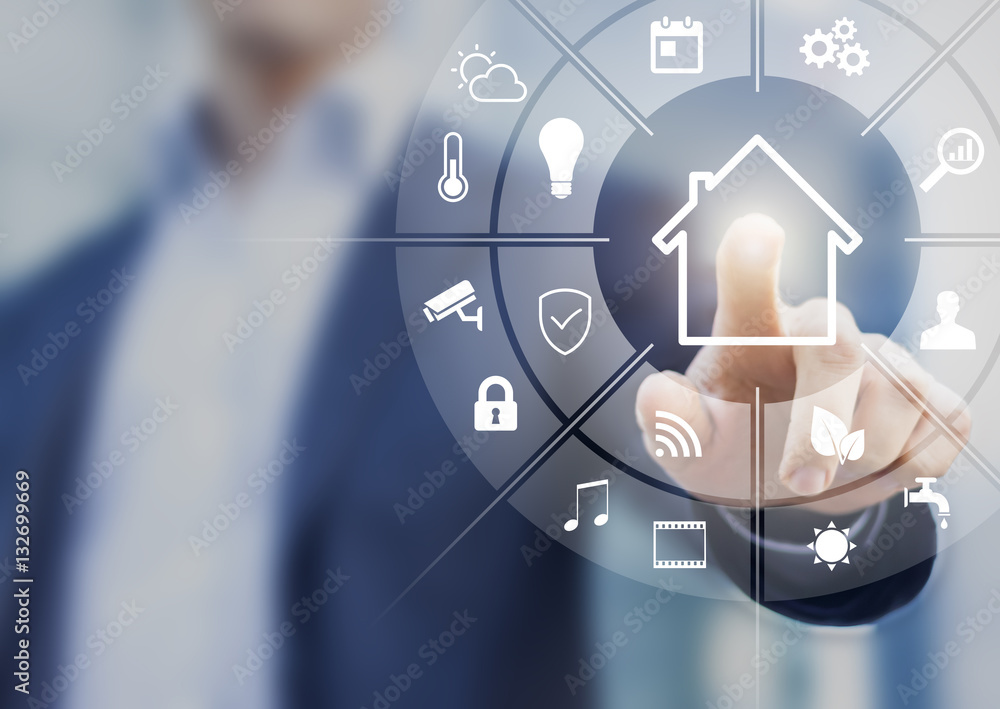Overview of the Inflation Reduction Act
Purpose and Goals
- Reduce Inflation: The IRA aims to curb inflation by addressing supply chain issues, reducing deficits, and promoting economic stability.
- Climate Action: The act includes significant investments in clean energy and energy efficiency to combat climate change.
- Economic Growth: By providing incentives for green technologies and sustainable practices, the IRA seeks to stimulate economic growth and create jobs.
Key Provisions for Home Improvement
- Tax Credits: The IRA offers tax credits for homeowners who make energy-efficient upgrades to their properties.
- Rebates and Incentives: Financial incentives are available for the installation of renewable energy systems, such as solar panels and geothermal heat pumps.
- Funding for Energy Efficiency: Grants and low-interest loans are provided for energy efficiency improvements, making it easier for homeowners to finance their projects.
Join HICP Homeowner’s Alliance
Connect with experts, get special discounts and enjoy member benefits
Benefits for Homeowners
1. Tax Credits and Rebates
Energy-Efficient Upgrades
- Credit for Energy Property: Homeowners can receive a tax credit for installing energy-efficient windows, doors, insulation, and HVAC systems.
- Renewable Energy Tax Credit: Significant tax credits are available for renewable energy installations, such as solar panels, wind turbines, and geothermal systems.
Specifics of the Credits
- Percentage of Costs: The credits often cover a percentage of the total cost of the improvements, making these projects more affordable.
- Annual Limits: There may be annual limits on the amount of credit you can claim, so it’s essential to plan your improvements accordingly.
2. Lower Energy Bills
Increased Efficiency
- Reduced Consumption: Energy-efficient upgrades reduce the amount of energy your home consumes, leading to lower utility bills.
- Long-Term Savings: While the initial investment may be higher, the long-term savings on energy costs can be substantial, making these upgrades cost-effective over time.
Improved Home Value
- Market Appeal: Energy-efficient homes are more attractive to buyers, potentially increasing the resale value of your property.
- Faster Sale: Homes with green features often sell faster than those without, as more buyers look for properties that offer lower operating costs and environmental benefits.
3. Environmental Benefits
Reduced Carbon Footprint
- Lower Emissions: By using renewable energy and improving energy efficiency, homeowners can significantly reduce their carbon footprint.
- Sustainable Living: Adopting green technologies and practices contributes to a more sustainable and environmentally friendly lifestyle.
Healthier Living Environment
- Improved Air Quality: Energy-efficient homes often have better ventilation systems, which improve indoor air quality by reducing pollutants and allergens.
- Comfort: Proper insulation and efficient HVAC systems create a more comfortable living environment by maintaining consistent indoor temperatures.
How to Take Advantage of the Inflation Reduction Act
1. Identify Eligible Upgrades
Energy Efficiency Improvements
- Insulation and Sealing: Upgrade your home’s insulation and seal leaks to improve energy efficiency.
- Energy-Efficient Windows and Doors: Install windows and doors with high energy efficiency ratings.
Renewable Energy Installations
- Solar Panels: Consider installing solar panels to generate renewable energy and take advantage of available tax credits.
- Geothermal Systems: Install geothermal heat pumps to efficiently heat and cool your home.
2. Apply for Tax Credits and Rebates
Understand the Requirements
- Eligibility Criteria: Ensure that your improvements meet the eligibility criteria for tax credits and rebates under the IRA.
- Documentation: Keep detailed records of all expenses, including receipts and contractor agreements, to claim your credits and rebates.
Consult with Professionals
- Energy Audits: Consider an energy audit by a certified professional to identify the most effective upgrades for your home.
- Tax Advisors: Work with a tax advisor to understand how to claim the credits and maximize your benefits.
3. Explore Financing Options
Grants and Loans
- Government Programs: Look for grants and low-interest loans available through government programs to finance your energy-efficient improvements.
- Local Incentives: Check for additional incentives offered by state and local governments or utility companies.
Energy-Efficient Mortgages
- EEMs: Energy-efficient mortgages (EEMs) allow homeowners to finance energy-efficient upgrades as part of their mortgage. These loans can help cover the cost of improvements, making it easier to invest in energy efficiency without a significant upfront expense.
Conclusion
The Inflation Reduction Act offers significant opportunities for homeowners to enhance their properties through energy-efficient and sustainable improvements. By taking advantage of the tax credits, rebates, and incentives provided under the IRA, you can reduce your energy bills, increase your home’s value, and contribute to environmental sustainability. Understanding the provisions of the IRA and planning your home improvements accordingly will help you maximize these benefits and achieve a more comfortable, efficient, and valuable home. Start exploring your options today and enjoy the long-term advantages of an energy-efficient home.











